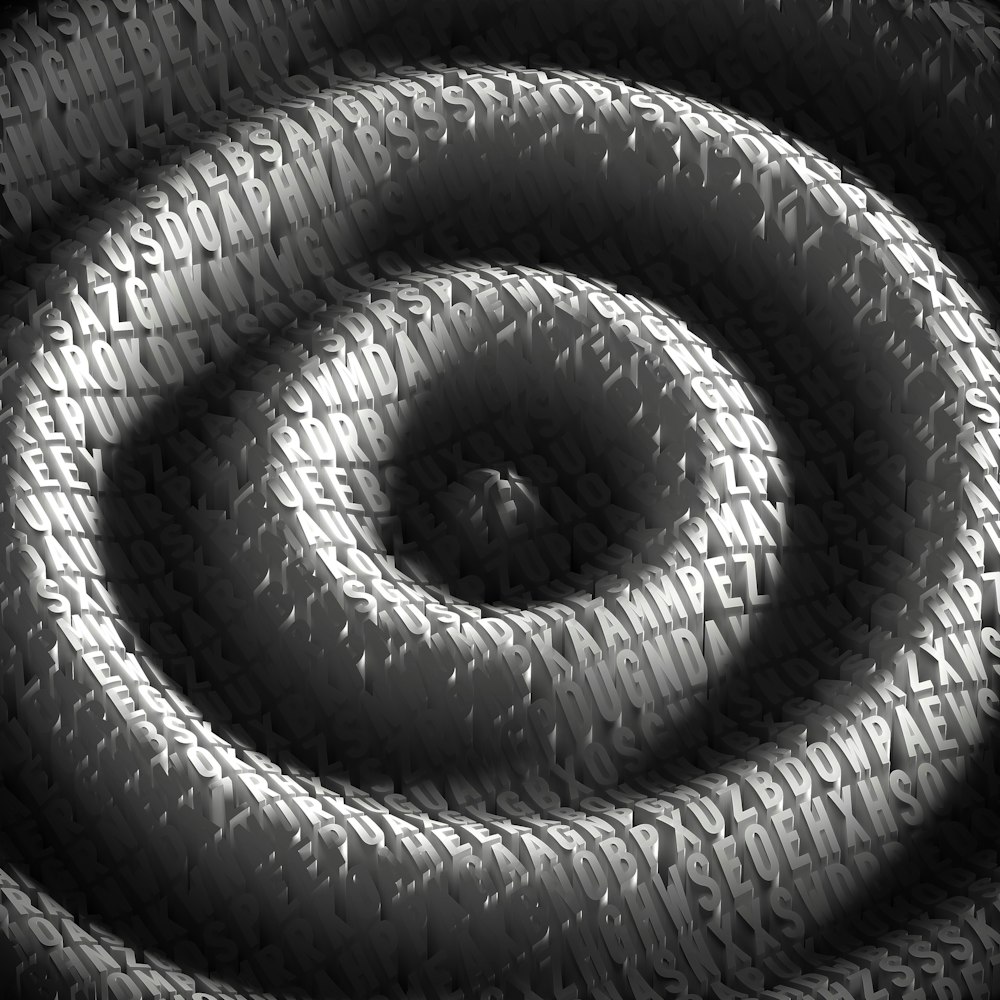Trigonometry and Waveforms: Harnessing Visual Dynamics in Creative Coding
Mathematical Formulas in Creative Coding
Trigonometry, a fundamental branch of mathematics, plays a vital role in shaping visual dynamics and motion within creative coding. By utilizing trigonometric functions and waveforms, artists and developers enhance their capacity to create visually stunning and interactive digital experiences. This comprehensive article delves into the practical application of trigonometry and waveforms in creative coding, shedding light on their impact and potential across digital artworks and interactive media.
// Define the angle in radians
const angle = Math.PI / 4;
// Calculate the sine, cosine, and tangent of the angle
const sinValue = Math.sin(angle);
const cosValue = Math.cos(angle);
const tanValue = Math.tan(angle);
// Print the results
console.log(`Sine: ${sinValue}`);
console.log(`Cosine: ${cosValue}`);
console.log(`Tangent: ${tanValue}`);
1. Sine and Cosine Functions: Breathing Life into Visual Elements
- Visual Oscillations:
Sine and cosine functions are instrumental in generating oscillating patterns, representing natural movements such as waves, vibrations, and cyclic motions. These functions breathe life into visual elements, fostering a sense of dynamism and fluidity in generative art and interactive visualizations.
- Smooth Transitions and Animations:
By leveraging sine and cosine functions, creative coders achieve smooth transitions and graceful animations, imbuing digital artworks with captivating movements and seamless transformations.
2. Waveforms and Sound Visualization: Syncing Audio and Visuals
- Audio-Visual Synchronization:
The application of waveforms in creative coding extends to audio-visual synchronization, where trigonometric functions facilitate the correlation of sound frequencies and visual representations. This synchronization empowers artists and developers to craft immersive and synchronized multimedia experiences.
- Dynamic Sound Visualization:
Waveforms derived from trigonometric functions enable the visualization of sound frequencies, fostering the creation of dynamic, visually compelling audio-visual artworks and interactive music visualizations.
3. Interactive Visual Effects: Transformative Capabilities
- Particle Systems and Dynamic Effects:
Trigonometry enables the generation of complex particle systems, dynamic effects, and interactive visual elements. These capabilities allow for the creation of visually mesmerizing and interactive digital experiences, ranging from particle simulations to intricate visual effects driven by mathematical precision.
un fond noir avec un motif ondulé / unsplash
- Kinetic Typography and Graphic Animations:
The integration of trigonometric functions in kinetic typography and graphic animations facilitates the realization of kinetic text effects, animated graphics, and dynamic visual compositions, presenting new dimensions of creative expression in digital media.
Une photo en noir et blanc d’un design en spirale / unsplash
4. Emerging Trends and Innovations: Futuristic Applications
- Augmented Reality and Spatial Transformations:
Trigonometric functions and waveforms are increasingly shaping the realm of augmented reality, spatial transformations, and immersive digital experiences. As technology evolves, these mathematical principles underpin groundbreaking innovations in spatial computing and interactive digital narratives.
- Generative Art and Computational Aesthetics:
The fusion of trigonometry, waveforms, and generative art heralds a new era of computational aesthetics, spawning innovative algorithms that produce intricate patterns, generative art, and mathematically-inspired visual compositions, redefining the boundaries of digital artistry.
Trigonometry and waveforms form the cornerstone of visual dynamics in creative coding, empowering artists and developers to craft captivating and immersive digital experiences. By embracing these mathematical principles, creative coders continue to push the boundaries of visual creativity, ushering in a new wave of visually stimulating and interactive digital artworks.
Computational Aesthetics deep details
Conclusion
In essence, the marriage of trigonometry and waveforms with creative coding represents a harmonious fusion of mathematics, art, and technology, opening vistas of boundless creativity and interactive visual storytelling.


